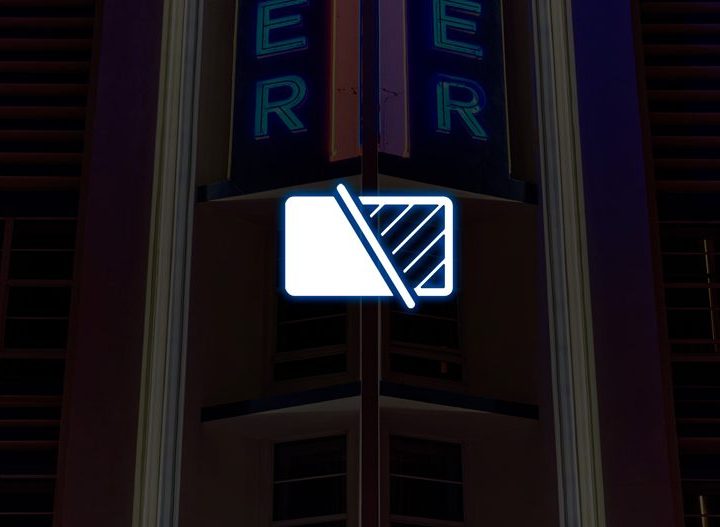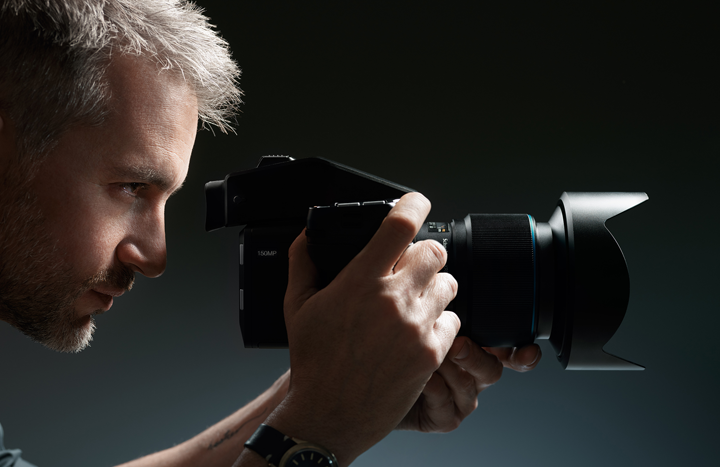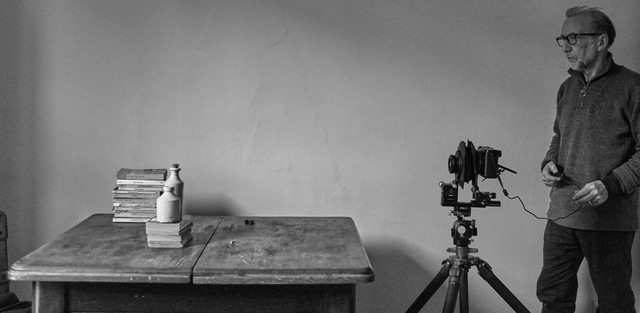Ryan Trower is a final year Digital Photography student at Ravensbourne University, and having met a few times at workshop events, he reached out to us about using some equipment for his final year project.
After looking at various options, Ryan decided the Cambo Actus system with the Phase One IQ3 100MP would be a suitable tool for what he was shooting. We chatted to Ryan to get some feedback on this current project, and the transition from using 35mm DSLRs to a digital medium format view camera.
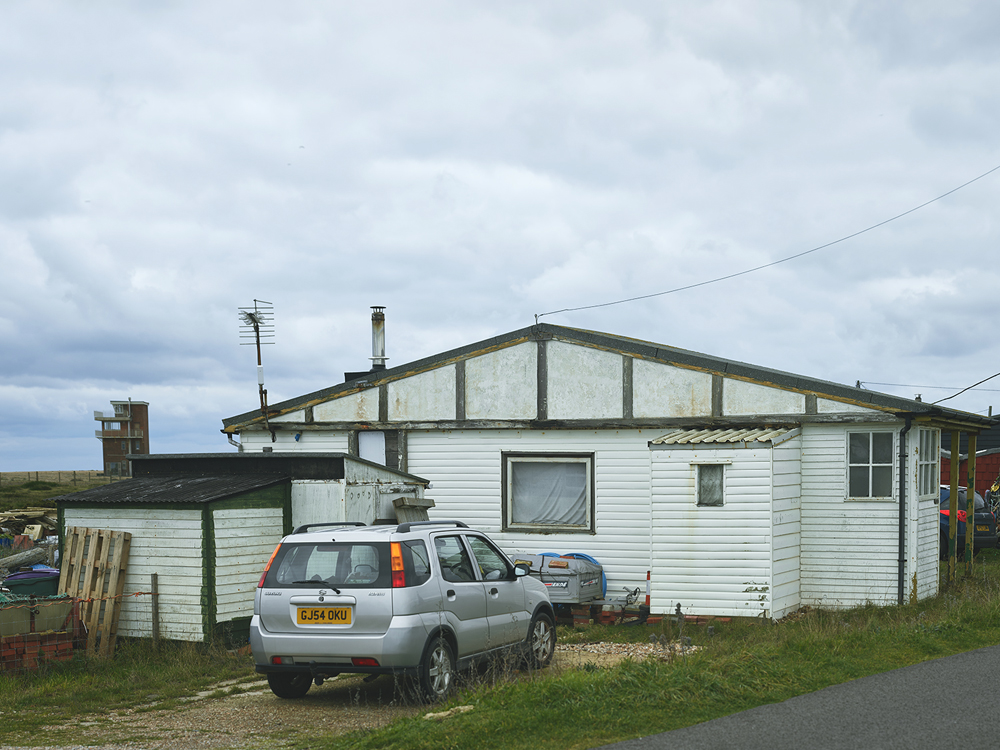
Tell us about your background Ryan. How did you get to where you are now as a photographer?
I’m twenty, born in Essex, raised in Cornwall, currently living in London. I’m a photographer who currently struggles to find what genre I fit into. I photograph landscapes, but I don’t consider myself a landscape photographer. I photograph architecture, but I am not an architectural photographer. I’m definitely not a landscape architecture photographer. If confused was a genre, I would choose that.
Photography first became a hobby to me around ten years or so ago. I can remember taking my mum’s little Samsung point and shoot, shooting some photos on a family holiday to the Isle of Man, and I became fascinated by the fact that the aperture could change. Of course, my oblivious self was more obsessed by the ‘pretty soft backgrounds’ in photos of weeds. I remember taking this camera out with me several more times when I would walk my dog. Being in Cornwall meant I was never short of the typical landscape shots you’d expect to see photographed; naturally, I shot these with abandon.
Soon after that, in 2011, I found out that my secondary school had a lunchtime photography club. It was nothing like you’d expect from a photography club you’ve seen in movies; our school didn’t have a darkroom, so this club was solely digital and criminally under-attended. When it first started, I was one of only four people who’d go, though this meant that there were fewer hands trying to get a hold of the school’s coveted D40. At that point, I still had no clue about anything technical – I just enjoyed taking photos of anything and everything. It was Christmas that year when I received my first camera as a gift: a Nikon D3000. Still knowing little about photography technically or artistically, I just continued to shoot, bypassing any of the guidebooks or how-tos that I received alongside it. I wouldn’t pick those up properly until a few years later.
Being at school meant I had little time to shoot personally, save for term-holidays and weekends, so I continued to photograph around where I lived, and where I would go on small trips; usually the moors, the beach, or Plymouth. I would dabble in a bit of everything: architecture, landscape, more artistic macro shots; even managing to worm my way into photographing my school sports day in hope I could avoid participating in the events. It didn’t work fully, I still had to participate in the toga relay.
It was during this time that I would join my friend, also a hobbyist photographer, in challenges. We would compete against each other in the age-old Canon vs Nikon rivalry, to see who could achieve the highest pulse on 500px before the end of terms, and use entry-level versions of Photoshop to try and process the same photo in such a way that we would both deem one as better over the other – usually, my dog was the subject. It’s meaningless to me now, but I won the 500px challenge, but at the time it made me feel accomplished as a photographer, even if I were the only one who really photographed.
I took photography more seriously towards the end of my school days, around 2014. I upgraded my camera to a D5300, with a 10-20mm lens and a nifty-fifty (all three which I still use to this day), and started to pay more attention to camera settings, lens choice, and post-processing. Around this time, a few of my friends had started getting into photography, so they were coming to me for tips on which kit they should invest in. I was still photographing the same kinds of subjects at this point and continued to do so until I left school and began college in 2015.
I enrolled in the Photography Extended Diploma course at Plymouth College of Art, having decided I wanted to pursue a career in photography, or use it as an in for the wider creative industries. This was my first real foray into ‘serious’ photography, including studio lighting, and analogue photography. Having a darkroom and a basic 35mm camera for a few days helped me to slow down in my work, though arguably I still wasn’t producing anything ‘good’. Several exhibitions were held, several photographic movements were introduced and shunned, but my style gradually evolved into predominantly architecture. I can remember for my final project at college, I exhibited a print of the Aquatics Centre in Stratford, one of the first images that I was truly proud of, and still remain proud of to this day. It now hangs in my parent’s office at home.
From here, I moved to London to study, which definitely furthered my architectural photography, simply for the sheer amount of buildings and unique (to me) views I could capture. Also, I adopted a solely black and white approach. To this day I don’t know why I did that, at the time I thought it made my work seem more professional, but looking back, it’s mostly quite ugly. Being in London has opened my eyes to many more possibilities in terms of careers and other styles.
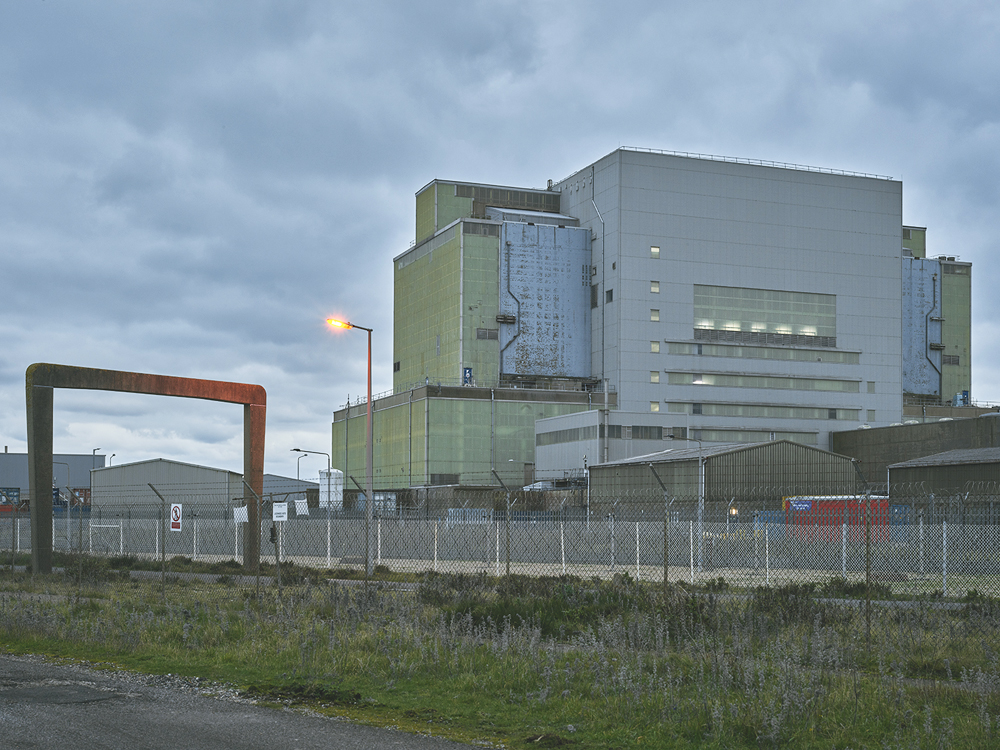
What are you drawn towards as a photographer?
In the past year or two I’ve adopted a more topographic/deadpan approach to my work, which I initially rejected. I also became bored of the typical pretty landscapes and cityscapes and became increasingly more interested in the edgelands of cities and towns, industry, and places most photographers and people, in general, would rather avoid. I find these immeasurably more interesting to photograph, and more important for people to see. I feel like a landscape is to be appreciated by eye, as an image is a false replication of such.
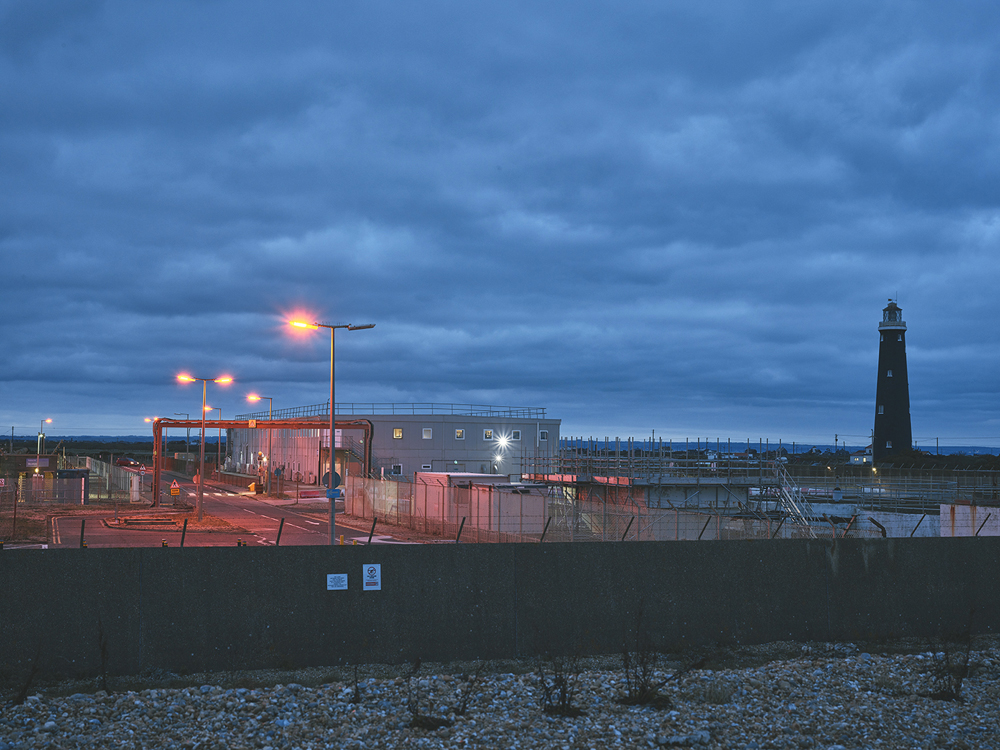
What is the inspiration behind your current project?
My latest project will centre around the Cornish Mining Landscape. Inspired by the likes of Gursky, Ursula Shultz Dornburg and Todd Hido, I want to create epic landscapes which focus around the mining landscapes. I want to use these as the beginnings of a wider project surrounding Cornish culture and identity. I’ve noticed recently that hardly any photographers seem to be photographing Cornwall in this way. A quick Google search will return the same kind of typical landscape photography, which is something I want to avoid. I want to supplement my images with typological images of the mines themselves, as well as macro images of specific details. If time allows, I’d like to push myself and introduce an element of portraiture, too.
To test my idea, I visited Dungeness. While not the same kind of environment, it is a location which I have a personal connection to and one which I have been photographing regularly for several years now.
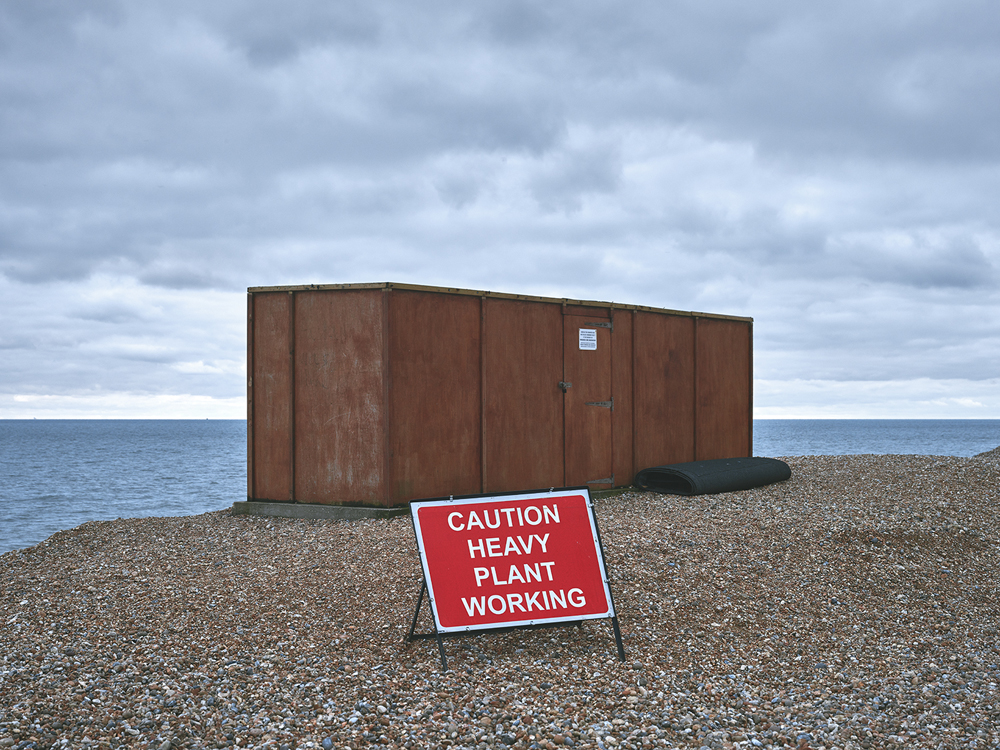
What are your thoughts on the Cambo Actus system, and why did you choose it for this project?
Having predominantly photographed on a DSLR, using the Actus system was an understandable step up. It was one that was certainly needed, though. For my project, I will need to heavily employ focus stacking techniques as well as perspective correction, and the precision that the Actus offers is unbeatable. I especially like how hands-on and ‘manual’ the process is. Using the rails to make adjustments, and a shutter release cable definitely helped me to slow down and think a lot more about what I was photographing.
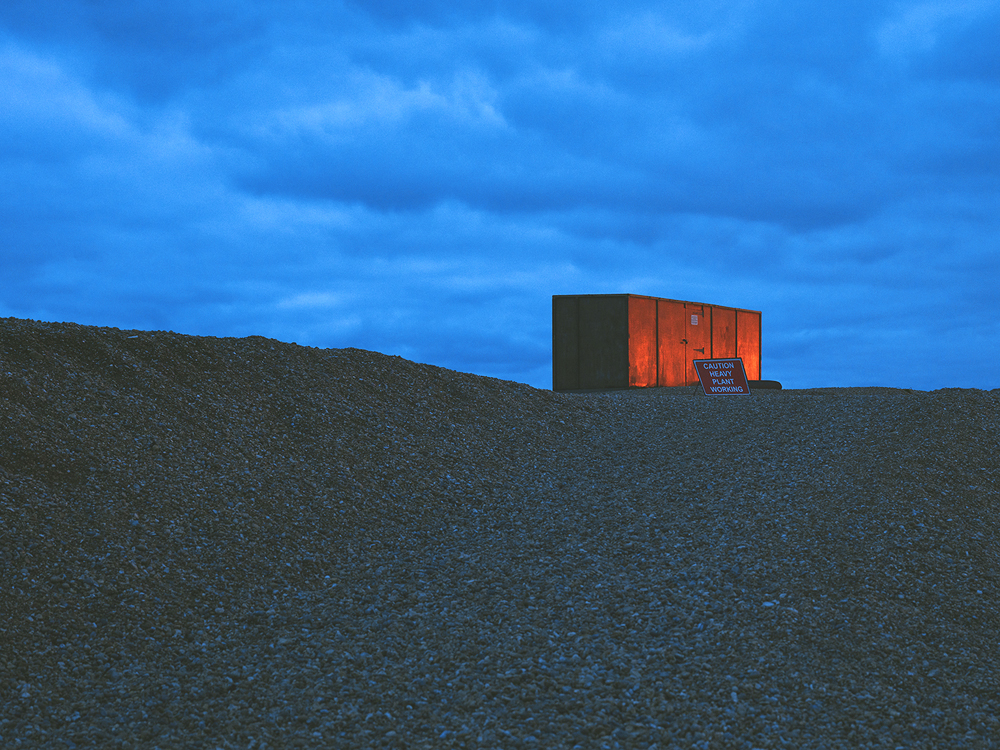
How did the Actus, along with the Phase One IQ3 100MP, expand your creative possibilities?
As I said, I have shot mostly on a DSLR, occasionally dabbling with mirrorless and the Phase One XF system at university. Moving to a technical system such as the Actus was a definite change of pace with the amount of control it offers. The IQ3 100MP allowed me to create tack-sharp imagery which I would otherwise fail to create using any kind of SLR. This was my first time shooting on any kind of Phase One kit in the field, and my first time shooting on a technical setup, so it is definitely something that took some getting used to, but after several captures, I had got a basic understanding. I want to continue using this setup, testing it further to fully utilise all the features of the Actus, and the IQ3 100MP.
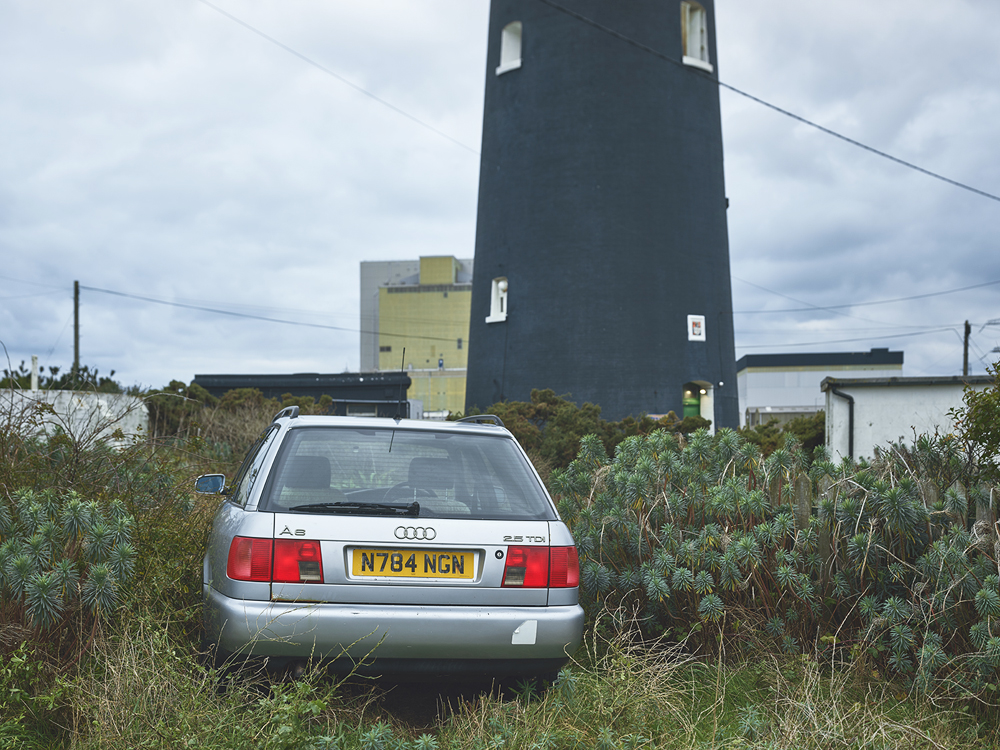
What other projects do you have in the pipeline?
My list is rather long. Whether or not I’ll be able to achieve them all is a different question entirely. I am wanting to travel the Southwestern United States to revisit several of the places where my major influences once photographed. I’m planning on continuing a small body of work which I have photographed recently in Harlow, with the aim of extending it to all of the New Towns of the UK. Most often, I have ideas for typologies. I have one ongoing currently, which sees me photographing the blank sides of buildings and gable ends, but I am also wanting to do a similar sort of project surrounding churches and cathedrals. I have always had an interest in religious architecture, despite not being religious myself, and I would want to photograph them in such a way in which similarities and differences are able to be noticed.
To see more of Ryan’s portfolio, visit www.ryantrower.com and follow him on Instagram @ryan_trower.
If you’re interested in finding out more about the Cambo technical camera systems, or Phase One digital backs, contact one of our sales team.
0207 323 6455
sales@teamworkphoto.com


